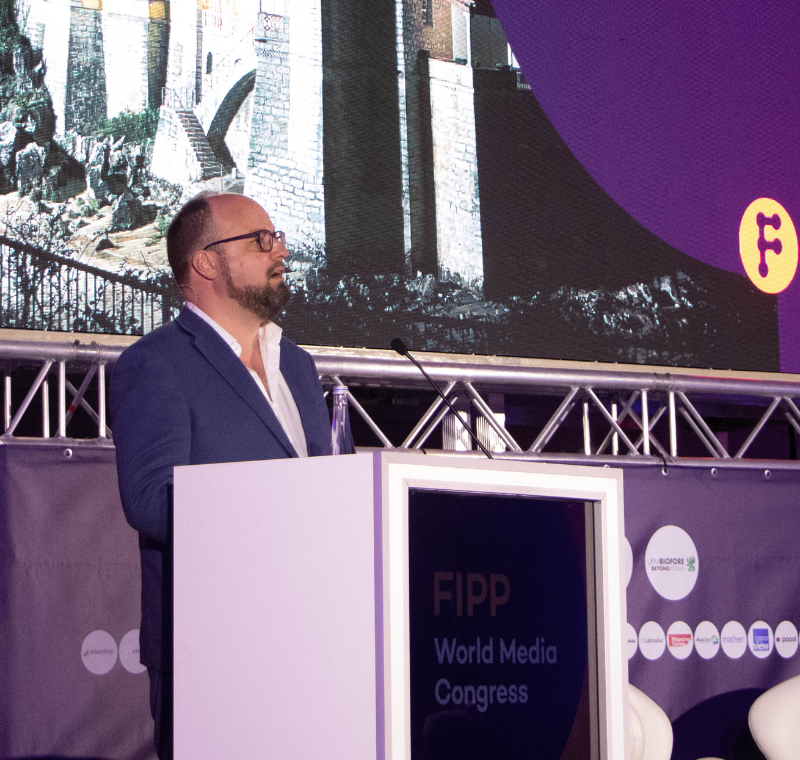Pros and cons of crowdsourcing magazines considered at FIPP Congress
The focus of the ‘Using the power of the audience’ session at FIPP’s World Magazine Congress in Rome today were the various upsides and potential pitfalls of crowdsourced and user generated content (UGC). “I recommend you let go of your biggest asset, that is, your brand, and give it to the audience,” said Marjaana Toiminen, CEO of Bonnier Publications in Finland. “Dig deep into what really matters.”
According to Toiminen, readers should be allowed to co-create content not because that brings the audience closer, makes the publication more transparent or creates loyalty, but because “learning to love the lack of control is one way of getting your mind onto another track.” “We need to let the audience change us if we want them to pay attention,” Toiminen said. “We need to let the audience change us because the challengers multiply themselves all the time.”
She gave the example of the Olivia women’s glossy in Finland, where at least four issues have been co-created together with the audience. Issue editors interacted with contributing readers online, while the contributors themselves were motivated and rewarded with special titles and social media badges. In the end, the project gave the audience a sense of ownership and responsibility for the brand: it made readers feel privileged, excited and empowered, as well as increased brand loyalty. It also boosted sales, made for good PR and improved the staff’s mindset.
But a surprising finding was the fact that having seen the finished product, the readers said too much space had been given to the co-creators and not to professional journalists, and that is not what the audience essentially wanted. The issues turned out more boring than usual.
Thus Toiminen acknowledged that while the magazine is not going to drop its professional workflow in favour of UGC, experimenting with the readers is one way to gain a fresh outlook. “To enjoy the lack of control you need to lose yourself for a while. Give your brand to the audience and think about the timing,” she said. “It is timing and bravery combined that matter.”
Tarun Rai, CEO of Worldwide Media in India, presented another example of a successful crowdsourcing initiative: India’s largest women’s magazine, Femina. According to Rai, a digital presence tremendously increases brand reach, so the magazine used social media to produce India’s first crowdsourced issue to increase user engagement and participative marketing, as well as to create a PR buzz. “Another important thing is to be seen as contemporary when you have an established brand,” Rai said. “By using social media to produce India’s first crowdsourced issue, we wanted to demonstrate that we are contemporary.”
Thanks to a catchy slogan (“If you’ve got a the story, we’ve got the space”), Facebook, magazine and newspaper ads, outdoor advertising, and reaching out to bloggers the initiative eventually reached 5 million readers and garnered 7,000 contributors. Sixty contributions were screened by the editors and published.
The biggest upside of the initiative, according to Rai, was participative marketing: Readers become contributors who then turn into brand advocates. But it is important to extend the project beyond a single issue and to create a new platform for the contributors, which can then become the next revenue opportunity. “Communities don’t just become content,” Toiminen said. “They need to be created.”








